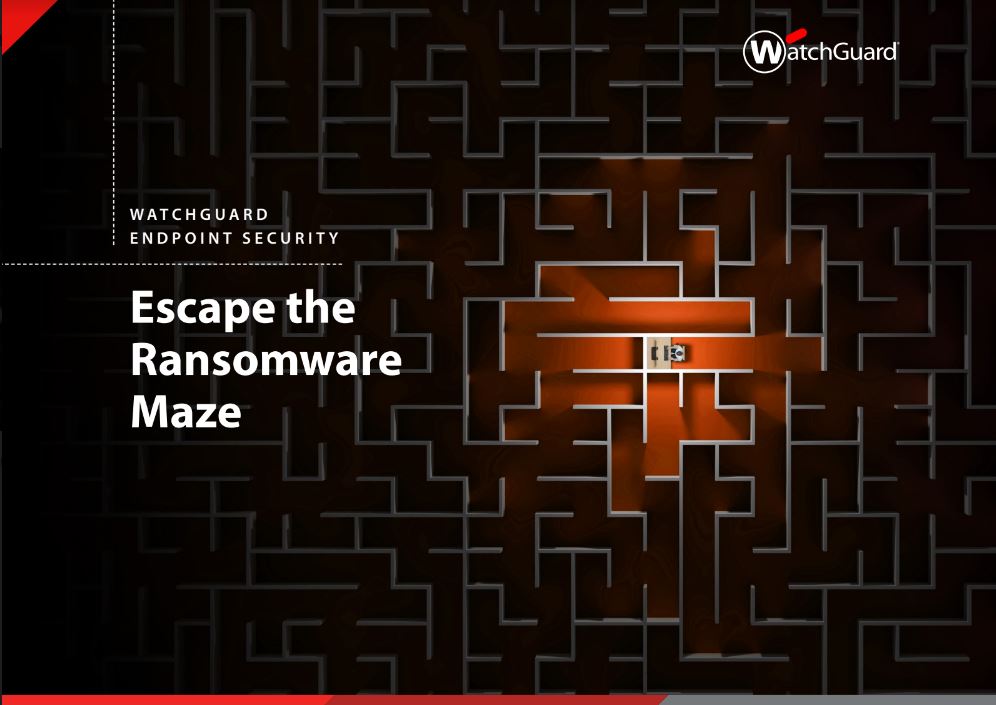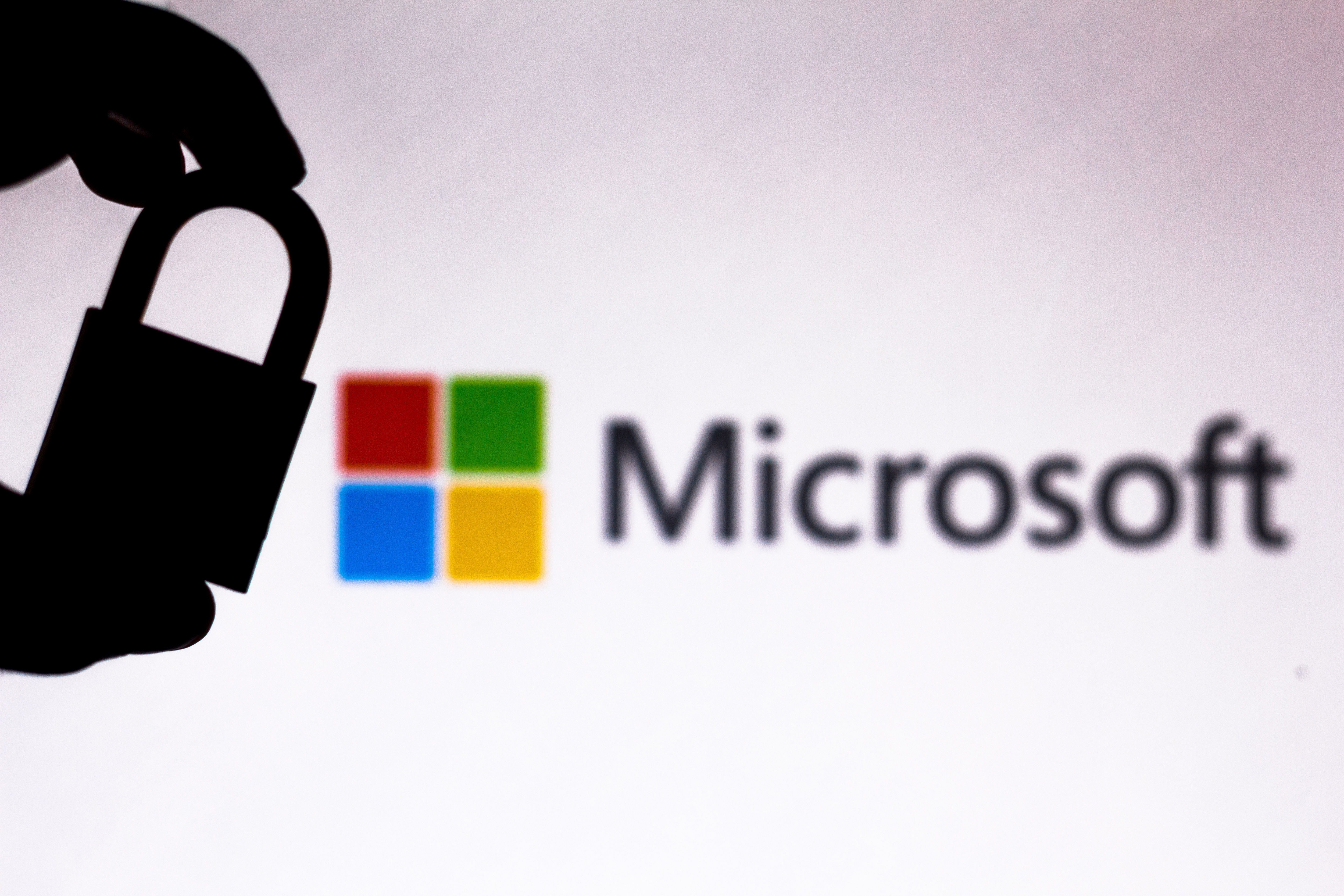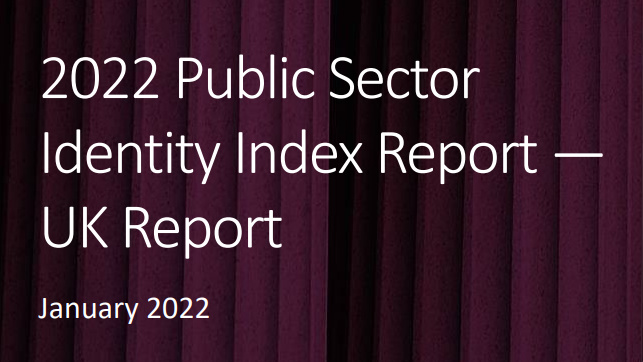SolarWinds hackers strike again with a new “MagicWeb” authentication exploit
Microsoft warns MagicWeb can abuse admin credentials to hijack AD FS enterprise identity system

Microsoft has warned that Nobelium, the hackers behind the infamous SolarWinds fiasco, have uncovered a novel technique to violate corporate authentication.
In stark contrast to past attacks that leveraged supply chain mechanisms, the new bypass, named "MagicWeb" by Microsoft, abuses admin credentials to gain ascendancy over a network.
RELATED RESOURCE

Escape the ransomware maze
Conventional endpoint protection tools just aren’t the best defence anymore
Notably, MagicWeb compromises an enterprise identity system called Active Directory Federation Server (AD FS).
"MagicWeb is a malicious DLL that allows manipulation of the claims passed in tokens generated by an Active Directory Federated Services server. It manipulates the user authentication certificates used for authentication, not the signing certificates used in attacks like Golden SAML," explained Microsoft.
From emulating USAID in spear-phishing campaigns to installing a post-compromise backdoor called FoggyWeb that amasses details from AD FS, Microsoft forewarns Nobelium is "highly active”.
Back in April 2021, Nobelium employed FoggyWeb to remotely exfiltrate sensitive information from a compromised AD FS server, while also controlling token-signing and token-encryption certificates.
Drawing a comparison, Microsoft states MagicWeb "goes beyond the collection capabilities of FoggyWeb by facilitating covert access directly". It makes use of SAML x509 certificates that "contain enhanced key usage (EKU) values that specify what applications the certificate should be used for".
Get the ITPro daily newsletter
Sign up today and you will receive a free copy of our Future Focus 2025 report - the leading guidance on AI, cybersecurity and other IT challenges as per 700+ senior executives
"This is not a supply chain attack. The attacker had admin access to the AD FS system and replaced a legitimate DLL with their own malicious DLL, causing malware to be loaded by AD FS instead of the legitimate binary," added Microsoft.
As a precaution, Microsoft recommends enterprises isolate their AD FS infrastructure and limit access to admin accounts, or migrate to Azure Active Directory.
-
 Should AI PCs be part of your next hardware refresh?
Should AI PCs be part of your next hardware refresh?AI PCs are fast becoming a business staple and a surefire way to future-proof your business
By Bobby Hellard Published
-
 Westcon-Comstor and Vectra AI launch brace of new channel initiatives
Westcon-Comstor and Vectra AI launch brace of new channel initiativesNews Westcon-Comstor and Vectra AI have announced the launch of two new channel growth initiatives focused on the managed security service provider (MSSP) space and AWS Marketplace.
By Daniel Todd Published
-
 Microsoft under fire for “negligent” security practices in scathing critique by industry exec
Microsoft under fire for “negligent” security practices in scathing critique by industry execNews Microsoft took more than 90 days to issue a partial fix for a critical Azure vulnerability, researchers found
By Ross Kelly Published
-
 Anonymous Sudan: Who are the hackers behind Microsoft’s cloud outages?
Anonymous Sudan: Who are the hackers behind Microsoft’s cloud outages?News The highly aggressive ‘hacktivist’ group is thought to have links to the pro-Russian Killnet hacker collective
By Ross Kelly Published
-
 Azure AD vulnerability gave attackers backdoor authentication control
Azure AD vulnerability gave attackers backdoor authentication controlNews Secureworks shared its findings with Microsoft in 2022, and the company has since issued changes to improve audit logs
By Ross Kelly Published
-
 The rise of identity-based cyber attacks and how to mitigate them
The rise of identity-based cyber attacks and how to mitigate themIn-depth If identity-based cyber attacks are successful, they can give hackers the opportunity to infiltrate an entire network
By Sandra Vogel Published
-
 2022 Public Sector Identity Index Report
2022 Public Sector Identity Index ReportWhitepaper UK Report
By ITPro Published
-
 Modernising identity for a secure, agile hybrid workforce
Modernising identity for a secure, agile hybrid workforceWhitepaper Pave the way towards a modern, secure, efficient, and sustainable hybrid workplac
By ITPro Published
-
 Business customer identity for SaaS apps - simplified
Business customer identity for SaaS apps - simplifiedWhitepaper Accelerate business growth with a scalable enterprise identity solution purpose-built for SaaS apps
By ITPro Published
-
 A comprehensive guide for your Customer Identity Maturity journey
A comprehensive guide for your Customer Identity Maturity journeyWhitepaper A flexible approach to help any company advance its identity posture
By ITPro Published